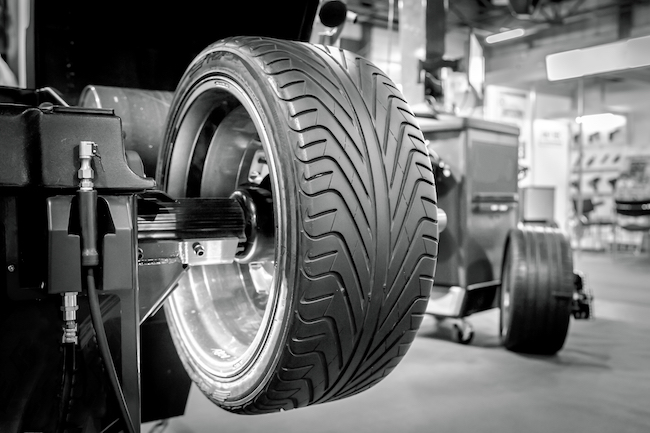
What Will Happen If Your Car’s Wheels Are Unbalanced?
Ever noticed your steering wheel shaking at higher speeds or an unusual vibration in your seat? These could be clear warning signs of unbalanced wheels. Many drivers overlook wheel balancing, but it’s one of those small maintenance tasks that can make a big difference to your safety, comfort, and even your wallet.
In this article, we’ll explore what will happen if your car’s wheels are unbalanced, the risks of ignoring it, and how to spot the problem before it leads to expensive repairs.
What Does Wheel Balancing Mean?
Wheel balancing ensures that the weight of the wheel and tyre is evenly distributed around the axle. If one side is heavier, the wheel spins unevenly, causing vibrations and unnecessary stress on suspension components.
Balancing is usually done by adding tiny weights to the rim to counter any imbalance. It’s often carried out after fitting new tyres or repairing a puncture.
What Will Happen If Your Car’s Wheels Are Unbalanced?
If left unchecked, unbalanced wheels can lead to several issues, ranging from mild discomfort to serious damage. Here’s what you can expect:
1. Steering Wheel Vibrations
The most common symptom is a vibrating steering wheel, especially noticeable between 50–70 mph. This can make driving tiring and reduce your control.
2. Uneven Tyre Wear
Unbalanced wheels cause certain tyre areas to wear faster, reducing tyre lifespan and forcing premature replacements.
3. Strain on Suspension
The vibration places extra stress on shocks, struts, and bearings, leading to costly repairs down the line.
4. Reduced Fuel Efficiency
When wheels don’t roll smoothly, the engine has to work harder, increasing fuel consumption.
5. Compromised Safety
Poor handling, longer stopping distances, and reduced grip in wet conditions can all result from prolonged imbalance.
Effects of Unbalanced Wheels
| Issue | Symptoms | Long-Term Consequence |
| Steering vibrations | Shaking steering wheel at speed | Driver fatigue, reduced control |
| Uneven tyre wear | Bald spots or patchy tread | Tyre replacement needed sooner |
| Suspension strain | Excess noise or knocking sounds | Costly suspension repairs |
| Fuel inefficiency | More fuel used on long journeys | Higher running costs |
| Safety risks | Longer braking distance, poor grip | Increased accident risk |
How to Tell If Your Wheels Are Unbalanced
Look out for these common warning signs:
-
Vibrating steering wheel, seat, or floor
-
Tyres wearing unevenly or too quickly
-
Humming or buzzing noises while driving
-
Poor handling and unstable cornering
If you notice one or more of these, it’s worth booking a wheel balancing check.
How Are Wheels Balanced?
Balancing is a quick and affordable process carried out at most tyre shops:
-
The technician mounts the wheel on a balancing machine.
-
The machine spins the wheel to detect imbalance.
-
Technicians add small counterweights to correct the uneven distribution.
-
The wheel is retested until perfectly balanced.
It usually costs less than a tank of fuel — and saves you much more in the long run.
Read also: Water Gardens Car Park Guide: Parking in Hemel Hempstead
FAQs About Unbalanced Wheels
Q1: Can unbalanced wheels damage my car?
Yes. Over time, the vibrations can damage suspension, wheel bearings, and tyres.
Q2: How often should I balance my wheels?
Experts recommend wheel balancing after fitting new tyres, every 6,000 miles, or whenever you notice vibrations.
Q3: Is wheel balancing the same as alignment?
No. Balancing corrects weight distribution, while alignment adjusts angles of tyres for proper road contact.
Q4: How much does wheel balancing cost?
On average, between £10–£20 per wheel in the UK, depending on your vehicle and tyre shop.
Conclusion
You’ll feel uncomfortable vibrations, your tyres will wear out faster, your car will burn more fuel, and you’ll face potential safety risks. Thankfully, wheel balancing is quick, affordable, and prevents costly repairs in the future.